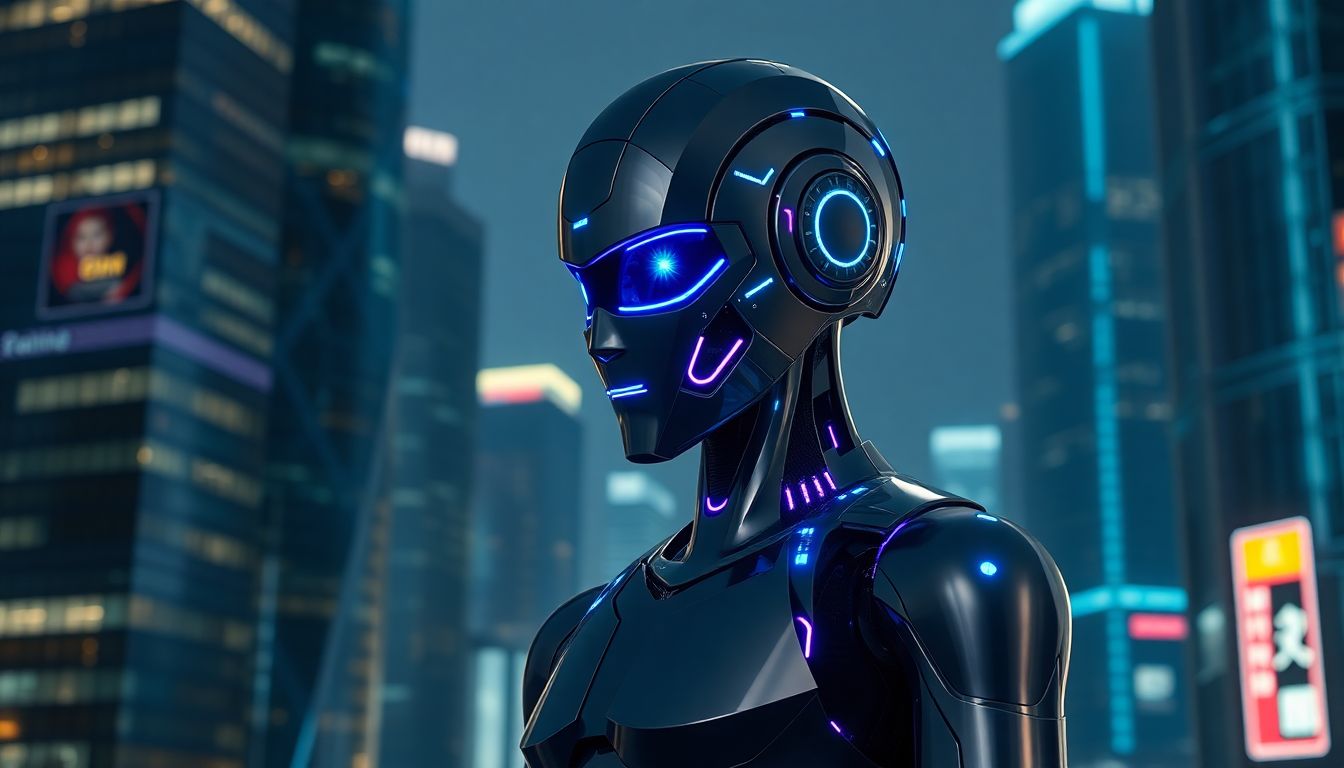How AI is Driving Technology in the World of Robotics
AI is transforming robotics, enabling robots to perform tasks that were once unimaginable. From basic instructions to intelligent decision-making, AI is revolutionizing the field.
Training AI Algorithms and Robots to Learn
Robots learn through reinforcement learning and deep learning. These methods allow robots to perform complex tasks, such as assembling electronics in factories, which were previously too difficult for automation.
Image Clustering and Image Segmentation
Robots use computer vision to “see” and identify objects, faces, and scenes. This technology enables robots to sort items, detect defects, and perform tasks with precision comparable to or better than humans.
Natural Language Processing (NLP) and HRI
NLP allows robots to understand and respond to human speech, facilitating smooth communication between humans and robots. This is essential for tasks like receiving orders and requesting assistance.
AI Tech Robots in Industry: Redefining Work Operations
AI robots are transforming various industries by improving productivity, safety, and efficiency.
Manufacturing and Automation
In factories, robots assemble cars, package products, and inspect quality. Automation boosts production, reduces errors, and increases reliability in manufacturing processes.
Logistics and Supply Chain Management
AI robots streamline logistics by sorting packages in warehouses and enabling self-driving trucks and drones for deliveries. These advancements are accelerating supply chains.
Healthcare and Medical Robotics
In healthcare, surgical robots perform intricate surgeries, and diagnostic robots detect diseases early. These technologies improve patient outcomes and make healthcare more accessible.
Ethical and Societal Issues Relating to AI Robots
While AI robots offer many benefits, they also raise important ethical and societal questions.
The Future of Work and Job Displacement
Concerns about robots replacing jobs are valid, but new roles will also emerge. Workers may need to acquire new skills to collaborate with robots effectively.
Bias and Fairness in AI Systems
AI systems can be biased if the data they learn from is biased. Ensuring fairness in AI requires scrutinizing data and algorithms to prevent discrimination.
Data Privacy and Security Issues
Robots collect vast amounts of data, raising concerns about privacy and security. Clear rules and regulations are needed to prevent data misuse.
Trends and Predictions for the Future of AI Tech Robots
The future of AI robots is bright, with emerging technologies making them smarter and more autonomous.
Decentralized AI and Edge Computing
Edge computing allows robots to process data locally, making them faster and more reliable. Decentralized AI gives robots greater autonomy in decision-making.
Swarm Robotics and Collective Intelligence
Swarm robotics involves groups of robots working together to solve problems, similar to ants. Collective intelligence enables robots to tackle complex challenges collaboratively.
The Rise of Cobots: Human-Robot Collaboration
Cobots are designed to work safely alongside humans, performing tasks like lifting heavy objects or repetitive work. Human-robot collaboration enhances productivity and efficiency.
Conclusion
AI tech robots are transforming industries, improving productivity, and raising important ethical questions. As we embrace this technology, it’s crucial to ensure fairness, safety, and privacy. The future of AI robotics is full of potential, and understanding its impact is key to preparing for the robot revolution.

